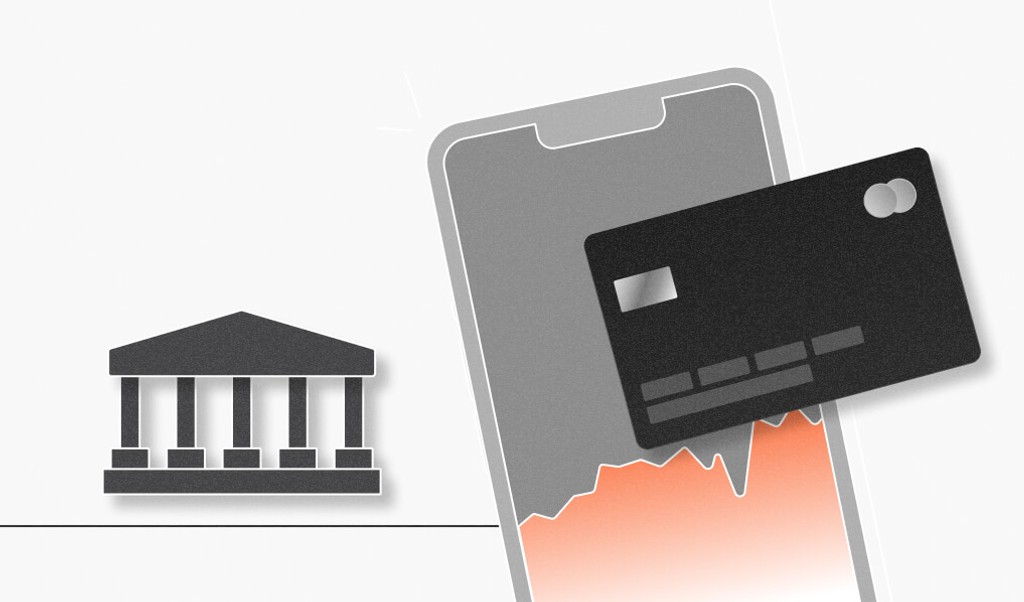
Summarize this article with
This is a guest article from one of our partners, Dodgeball, the only in-product fraud orchestration platform that gives you end-to-end visibility, replay of user sessions, and fraud integration analytics, while enabling instant fraud solutions without engineering.
Many fintech companies grapple with fraud management due to the intricate balance required between security and user experience. This struggle stems from the need to provide a seamless user experience while constantly fighting fraud. In a world where both aspects are critical, finding the right balance is often a challenging task. Lack of visibility and impact is crippling fintech fraud strategies.
A key vulnerability for fintechs lies in their blind spot - a lack of deep understanding of their operational environment.
Without clear insights, fraudsters exploit unnoticed gaps. Limited data access means slower response to emerging threats. A lack of comprehensive view hampers effective fraud identification.
This guide focuses on enhancing fraud detection, building user trust, and strengthening informed decision-making for a safer fintech ecosystem and superior customer experience.
For any fraud-fighting fintech, there are three main questions to ask:
- Who is the user?
- What are they doing?
- How should I respond?
Let’s investigate how fintech companies can use these three questions to navigate this complex landscape.
Developing In-House Fraud Tooling: A Personal Journey at a Series B Fintech
A few years ago, I was hired with a crucial mission: to build out our in-house fraud tooling and investigation platform for a B2B fintech.
When I first joined the team, I had the full support of engineering resources. This backing was instrumental in launching our platform. We saw immediate success—a testament to the hard work and strategic planning invested. As the company evolved, priorities shifted. Engineers, once dedicated to supporting our fraud initiatives, were reallocated to other projects.
This left me in a challenging position.
The biggest hurdle was piecing together different data points to create logic that provided clear visibility into the types of fraud occurring on our platform. Fraudsters are consistent, constantly testing new methods to circumvent our controls. Without a dedicated team to adapt and evolve our tooling, staying ahead of these threats became increasingly difficult. My approach was slightly different at each company, and it often started with a gut feeling or a sudden backlog of cases knowing something happened. But a gut feeling is never enough to convince leadership. I knew I needed visibility to show the impact.
Through it all, I constantly found myself asking those three questions:
Who is the user?
Understanding fintech users now heavily relies on device intelligence, a key tool for user identification. By gathering data from a user's device, companies can create a more accurate profile.
Traditional authentication methods are no longer sufficient in the dynamic fintech environment.
It goes beyond basic authentication by analyzing the unique characteristics of each device, offering a more precise identification method. This technology not only secures the identification process but also adds a layer of user convenience by reducing the need for repetitive authentication steps.
Let's face it, nobody likes typing in a code twice in a row. You don’t want to insult your trusted users.
Combining user-provided information with external data sources is critical in evaluating trustworthiness. A multi-dimensional view is essential for building comprehensive profiles:
- Integrating device data with transaction history and behavior offers a fuller picture.
- Continually updated profiles adapt to changing user patterns.
- Dynamic profiling is key to staying ahead in fraud detection.
It transforms the way companies approach security, balancing stringent fraud prevention with user convenience. Device intelligence marks a shift towards a more intelligent, user-centric approach in fintech security.
What are they doing?
You may have rich data on who this user is.
If you’ve implemented an orchestration vendor, then you might have session history, logs, and purchase history. All of this data is important.
But often, the story is still unclear.
What lives behind the data? What actually happened on your platform? How can we make the data come to life?
Session Replay by Dodgeball, a leading, in-product fraud orchestration platform, brings that data to life.
Fintechs can visualize and replay user interactions. This tool is invaluable in supporting crucial decisions like lending, onboarding, or withdrawals. By identifying inconsistencies and anomalies in user behavior, session replay aids in detecting potential fraudulent activities.
While fraudsters can often hide behind synthetic identities or forged data, it is hard to forge behavior.
Fraudsters behave like fraudsters, and good users behave like good users. View an instant replay of all suspicious users alongside their underlying data, so that your fraud team can properly triage and stop fraud before it becomes a problem.
Bring the data in your investigations to life.
How should I respond?
Now that your fintech knows who someone is and what they’ve done, the question becomes what do we do about it?
Do we hard block, do we investigate, do we run through additional checks, do we bring on a new vendor, do we remove a legacy vendor?
So many questions that until recently have been made on hope. Sometimes you’ll get to see a POC, but often you’ll have to go off of intelligent guessing.
But hope is not a fraud strategy.
How can we be sure our KYC steps aren't inadvertently blocking 90% of our genuine customers? How do we know that the majority of our fraudsters are skipping a protection meant to stop them?
Moving beyond guesswork, we need to embrace data-driven approaches in our fintech operations.
Once you understand what the numbers are at every step, the next step is to A/B test to determine the most effective fraud prevention methods. When A/B testing you have two options:
- Shadow Mode Testing allows fintech companies to evaluate real traffic without immediate in-product decisions. This testing phase is crucial for assessing the effectiveness of new logic or protections.
- Running experiments in production, where you are segmenting a portion of your traffic and running them through new logic or new protections.
Evaluating experiment outcomes is just the first step. Rolling out successful measures and continuously reassessing and updating fraud prevention tactics based on new data and emerging trends is vital for the long-term success of fintech companies.
Fintechs fighting fraud without friction
The fintech landscape demands a nuanced approach to fraud management.
Imagine a future where fraud is not just a challenge to overcome but an opportunity to excel in user experience and trust. By integrating smart device intelligence, bringing data to life with session replay, and adopting a data-driven response strategy, fintechs can transform their approach to fraud prevention.
It's not just about fighting fraud - it’s about bringing your customer journey to life.
While tools like Dodgeball and Fingerprint can't rewrite the past, they empower us to shape a future where fighting fraud is not just necessary but rewarding.
Learn more about the Dodgeball and Fingerprint partnership.
To learn more about Dodgeball, visit www.dodgeballhq.com.
To learn more about Fingerprint’s device identification and intelligence, visit fingerprint.com.



